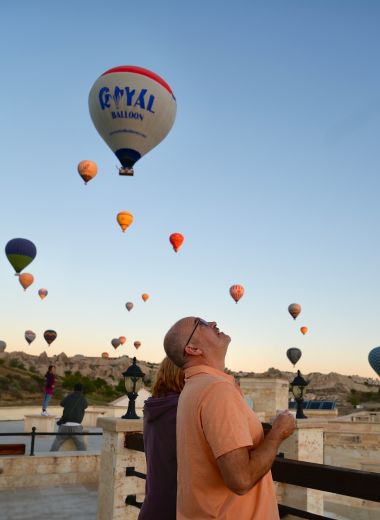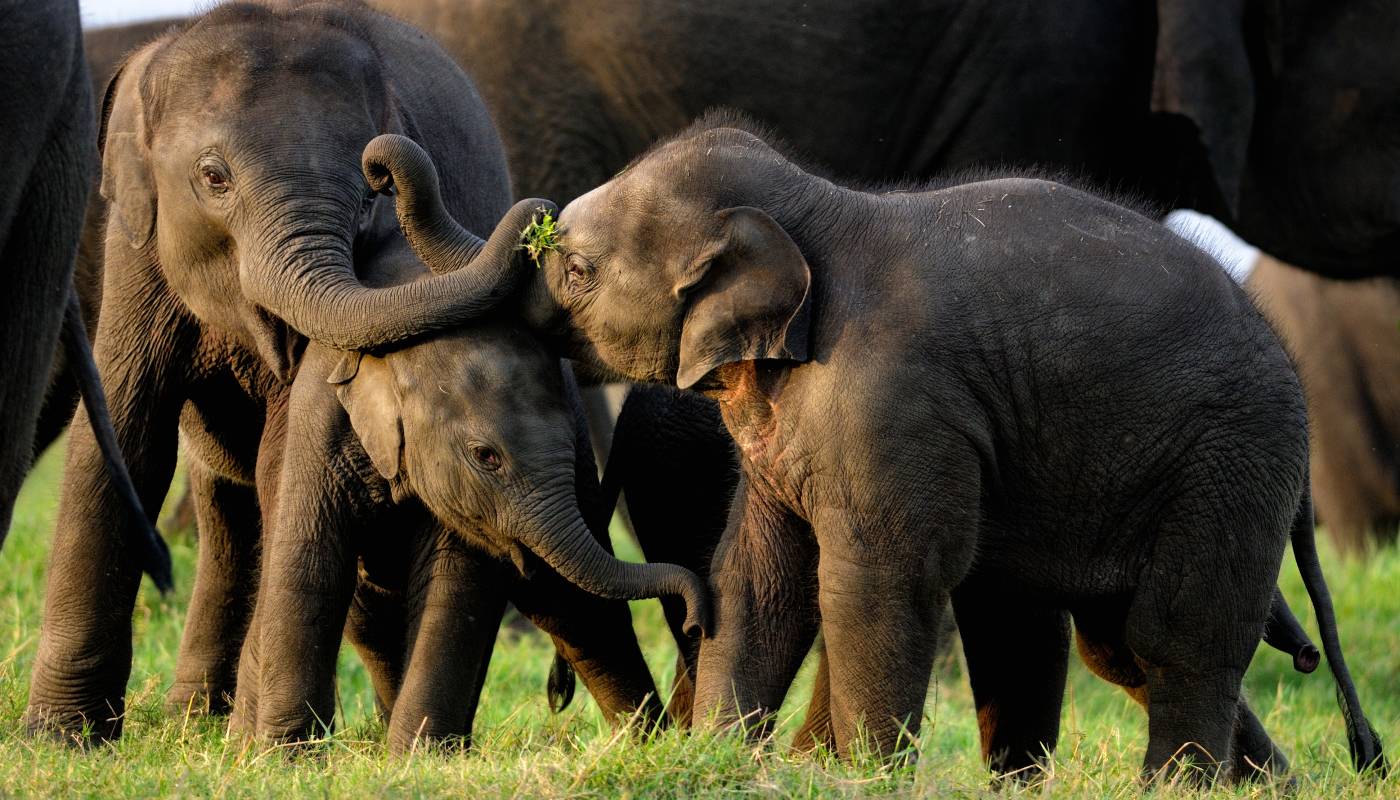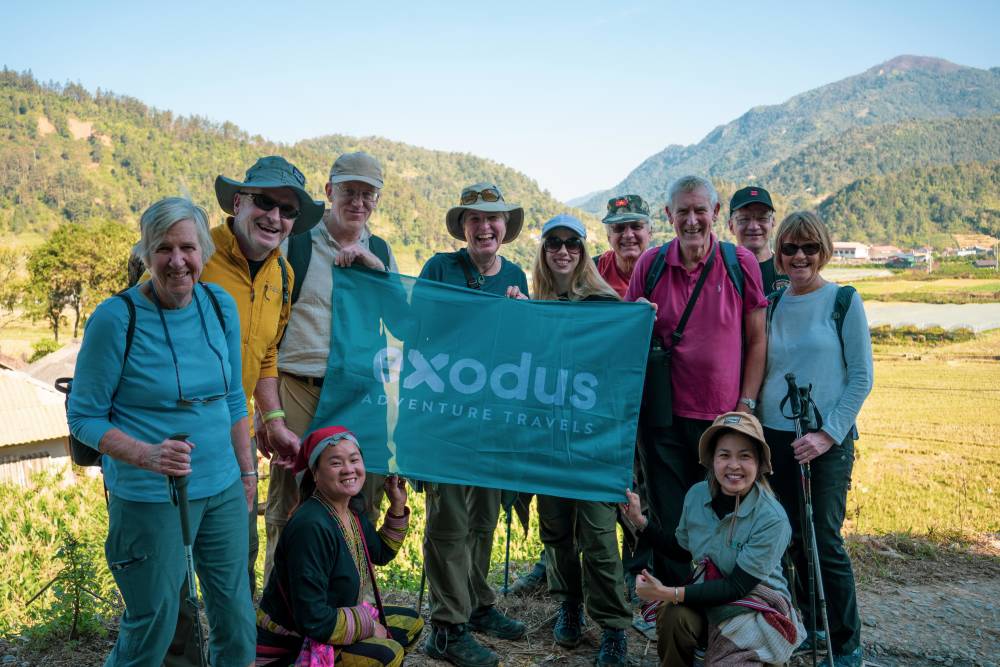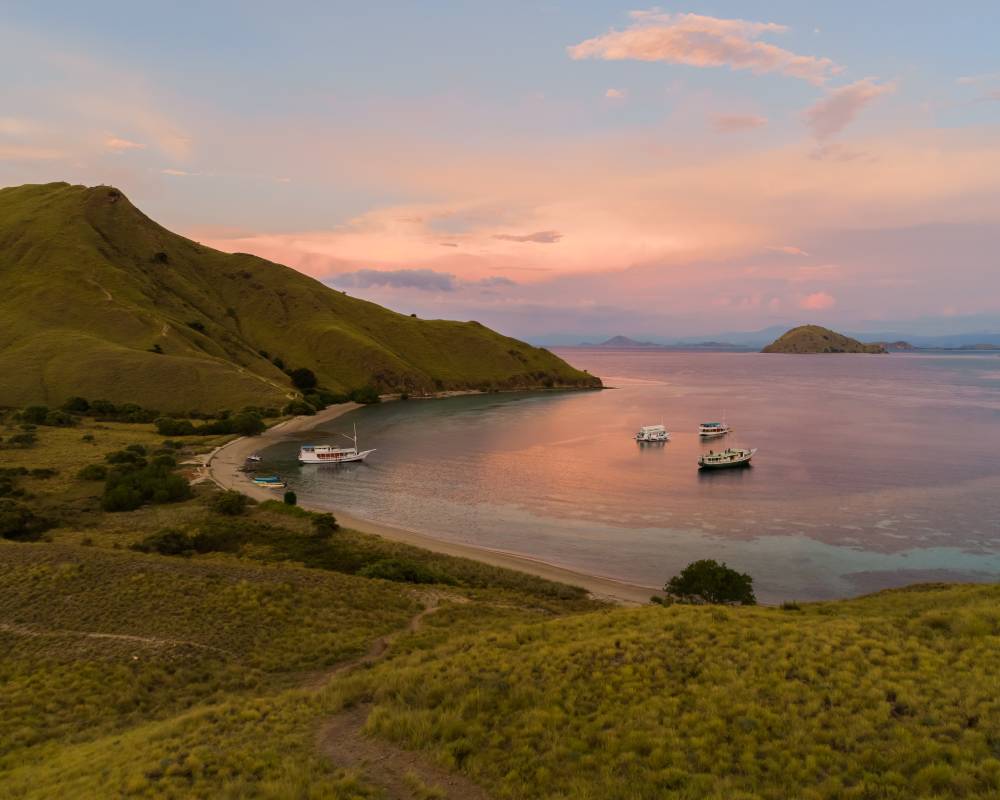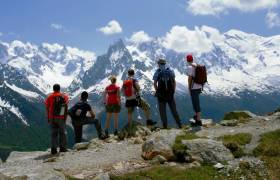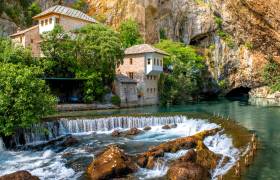Although I travelled from quite far away, (Vancouver Island, Canada), I was so very pleased at the kindness and friendly attitude of everyone in the group. I was the eldest in the group (73 years young), but had absolutely no trouble keeping up. I would say this trip is not for the feint of heart; even at the end of October/early November the days were quite hot (although the evening temps were perfect). We experienced no bugs and no rain throughout the week. Definitely expect long days and some arduous climbs as well as steep descents. Hiking poles were essential. It was occasionally windy and cool at each summit but I was able to hike in shorts all week. I’m quite used to climbing mountains and found this itinerary to be just perfect. The accommodation was basic but comfortable; the food was good but at times limited for me as a vegetarian. Breakfasts outside were fantastic and the triple-decker sandwiches that José made for us were to die for. You definitely won’t be disappointed.
Discover Costa Rica
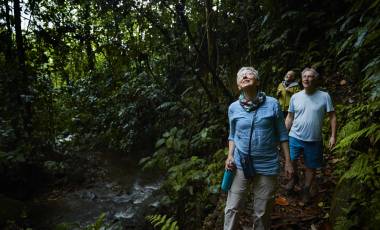
Walking the Amalfi Coast

Mont Blanc Hiking Highlights
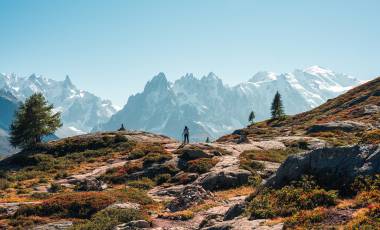
Cycling Vietnam




